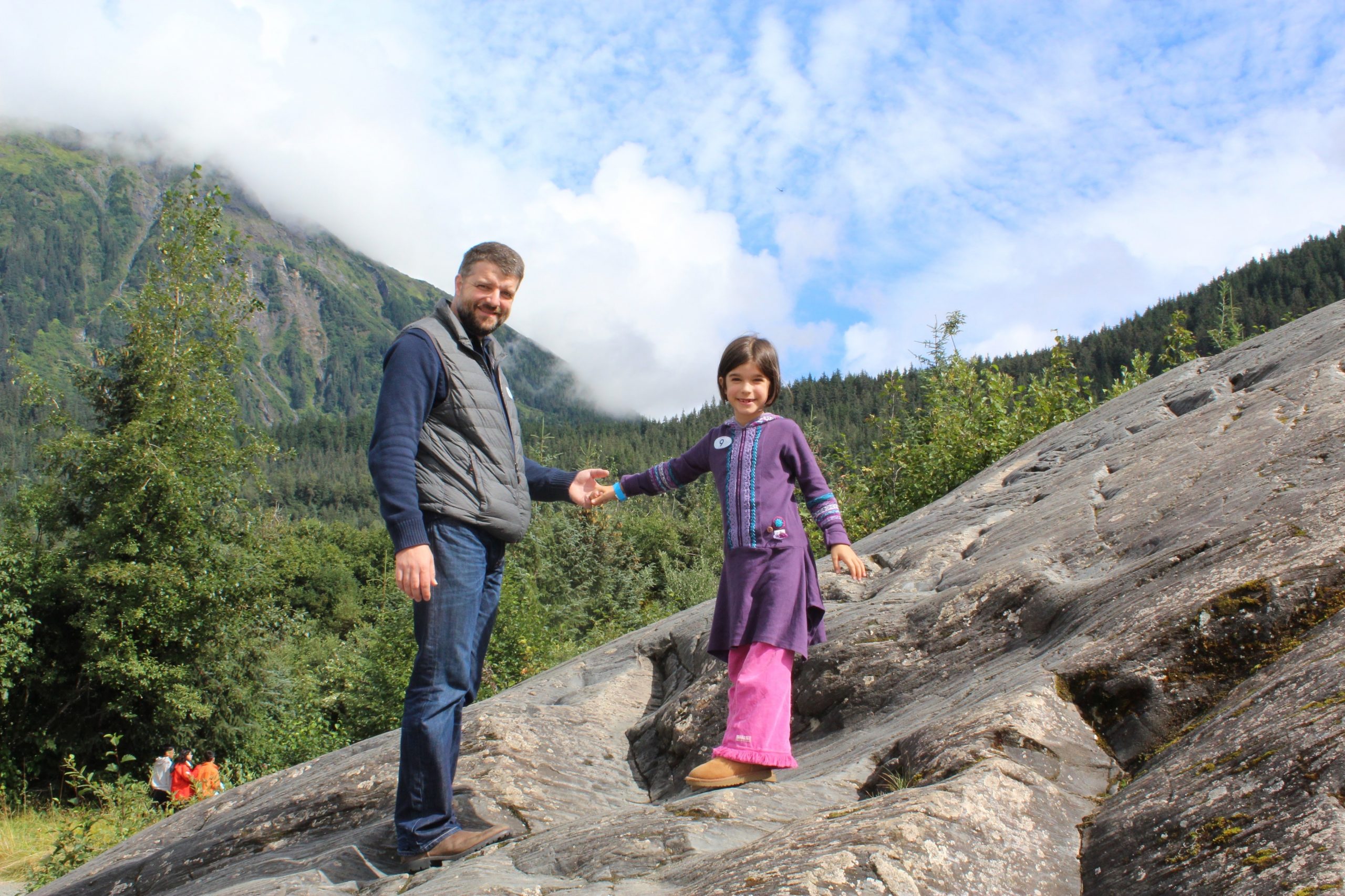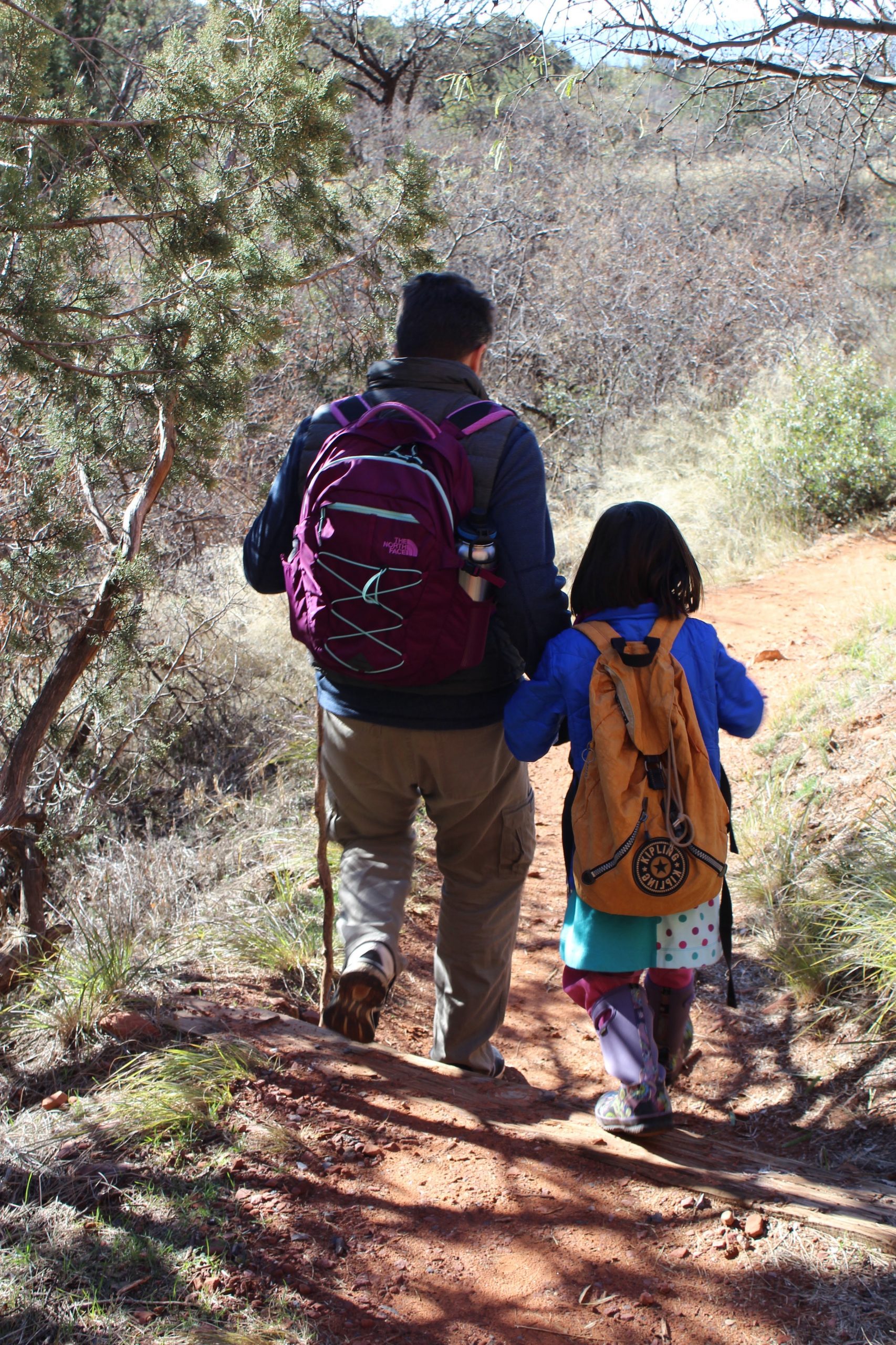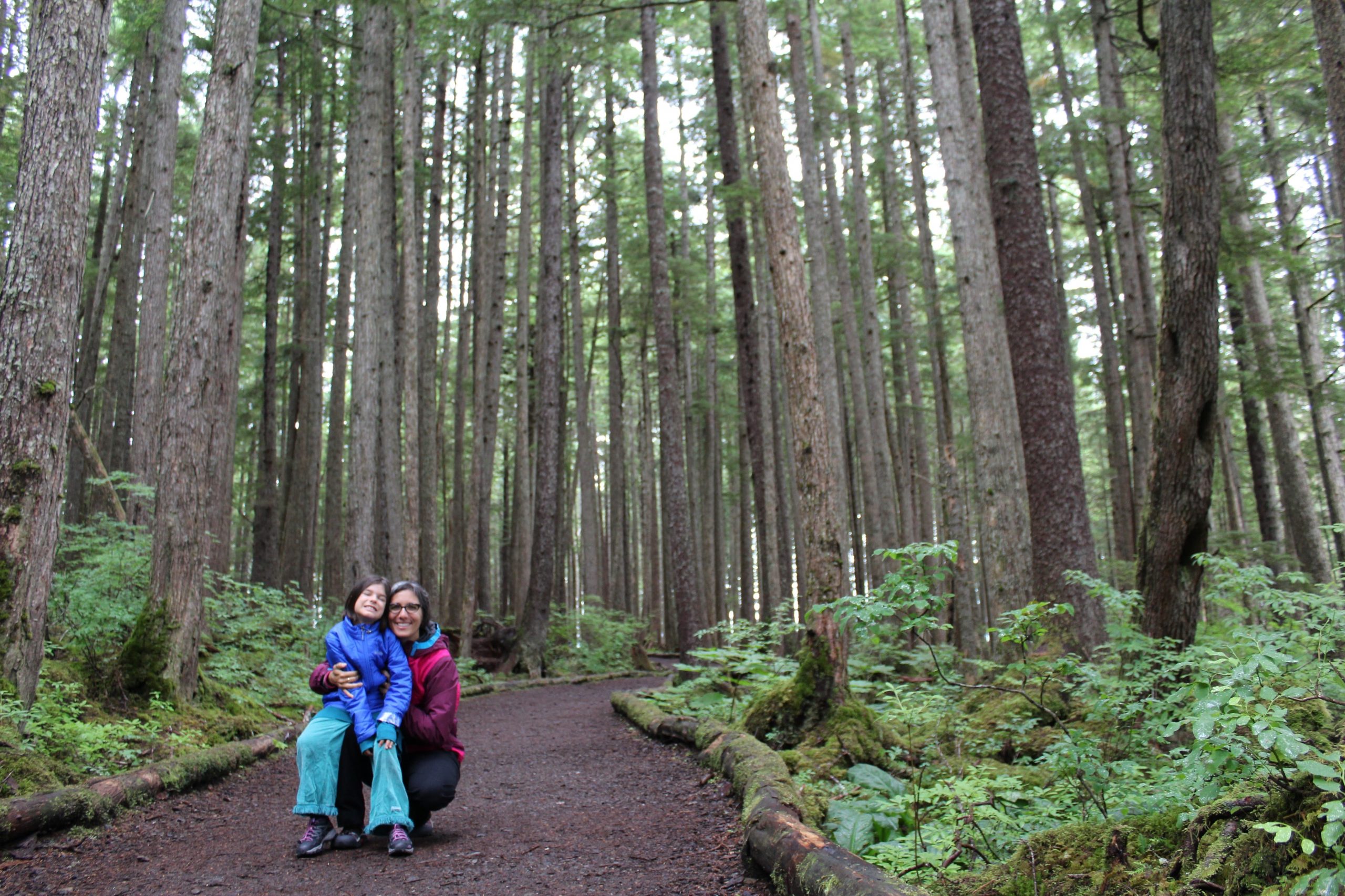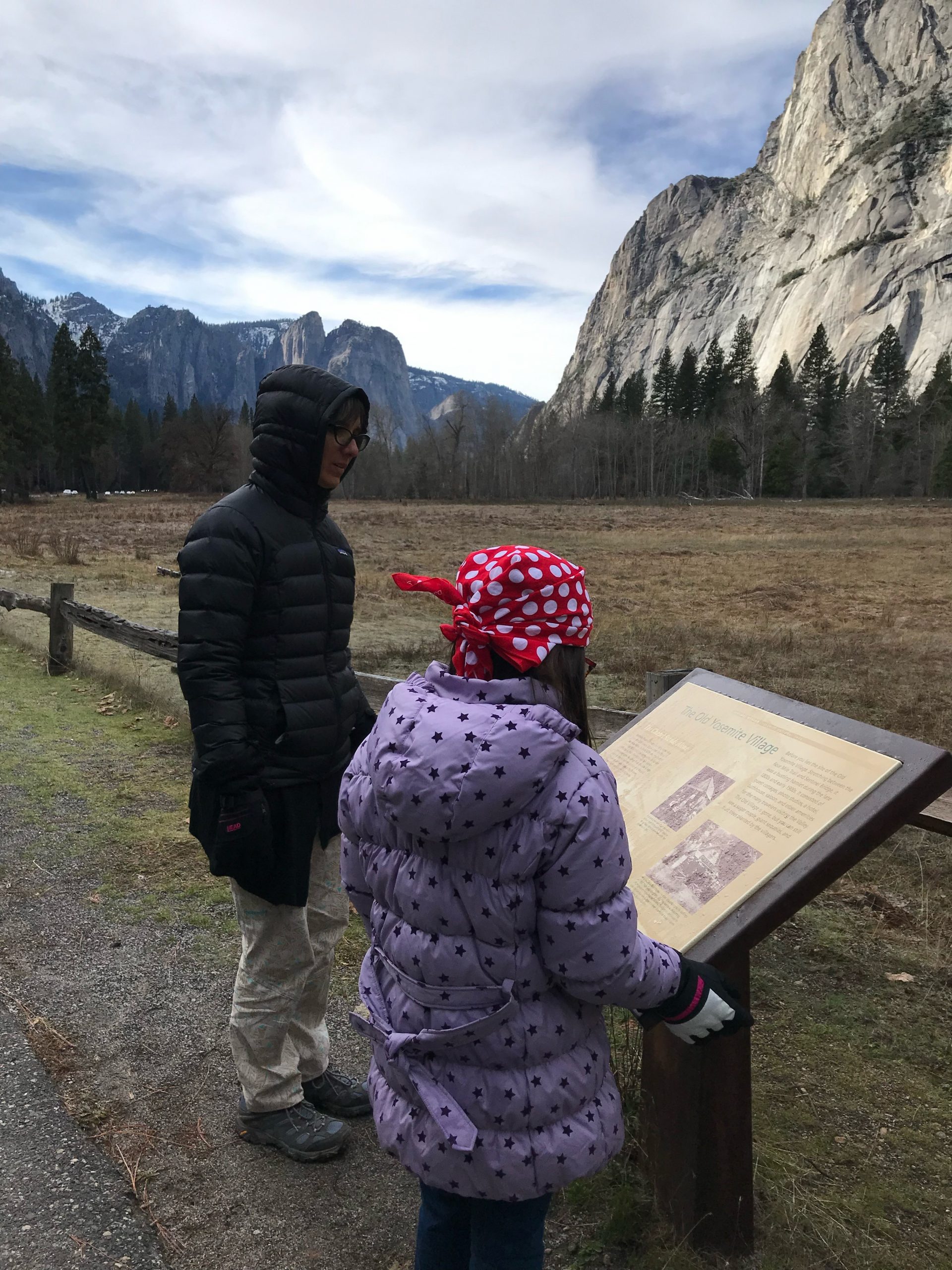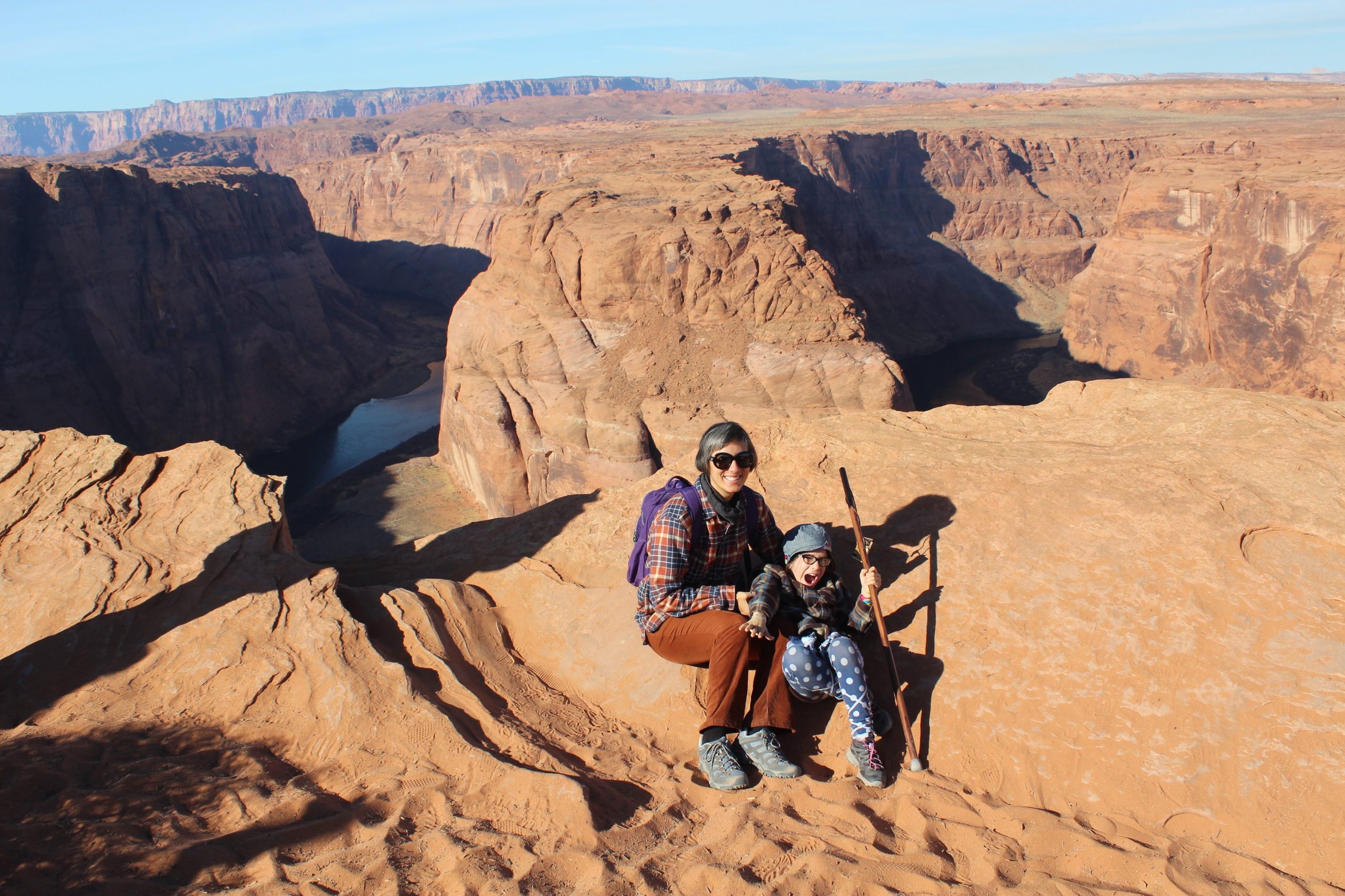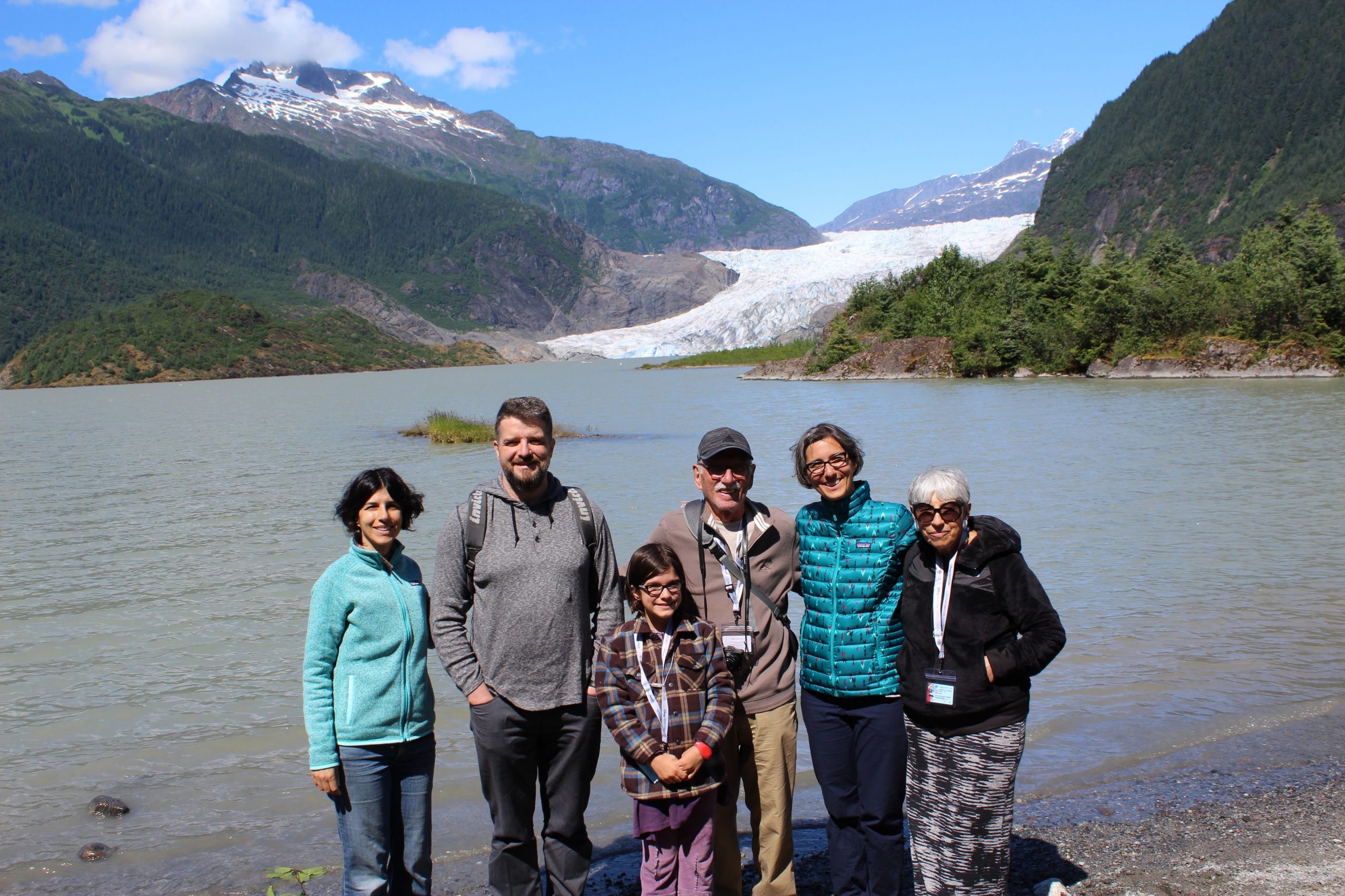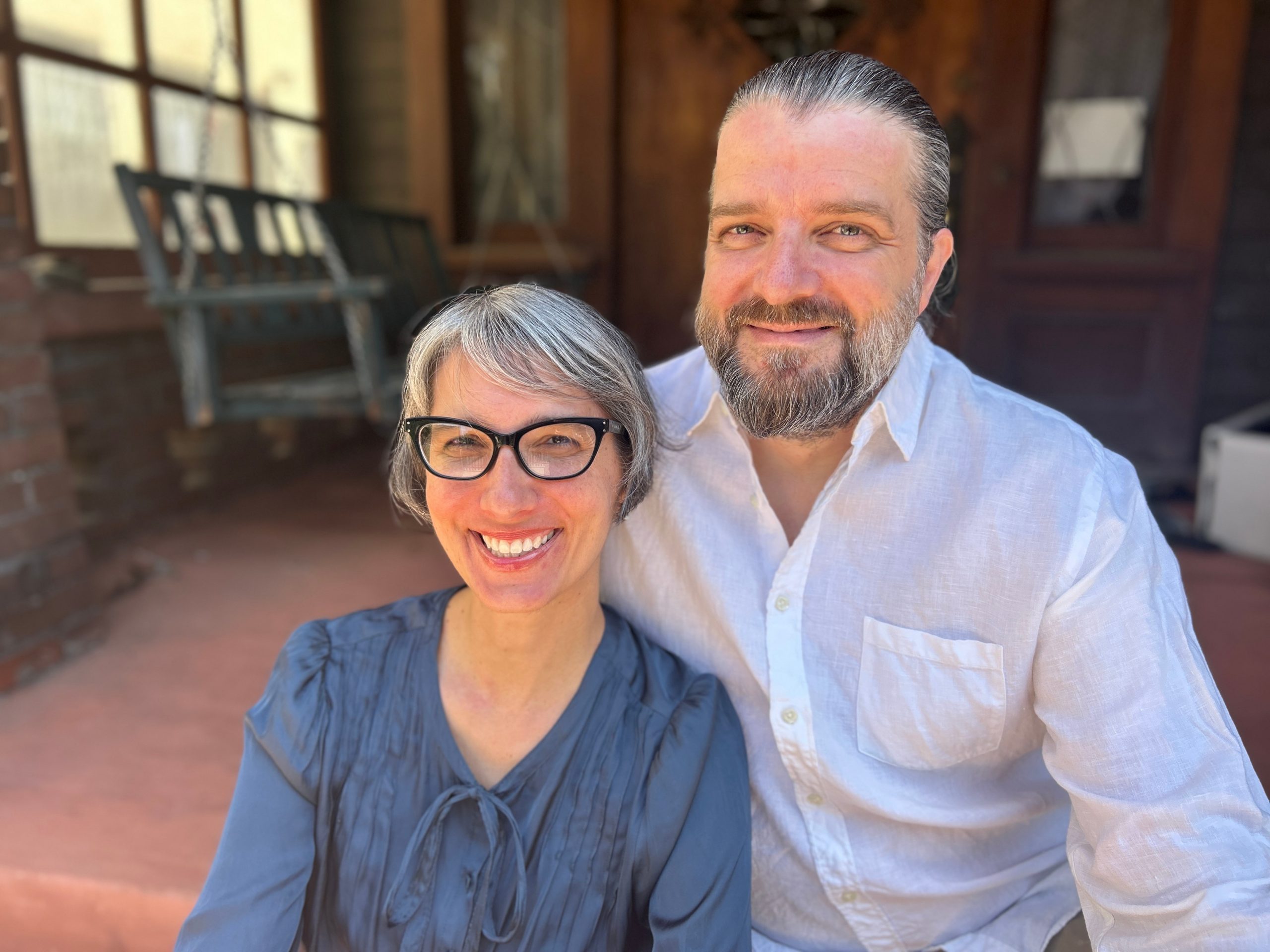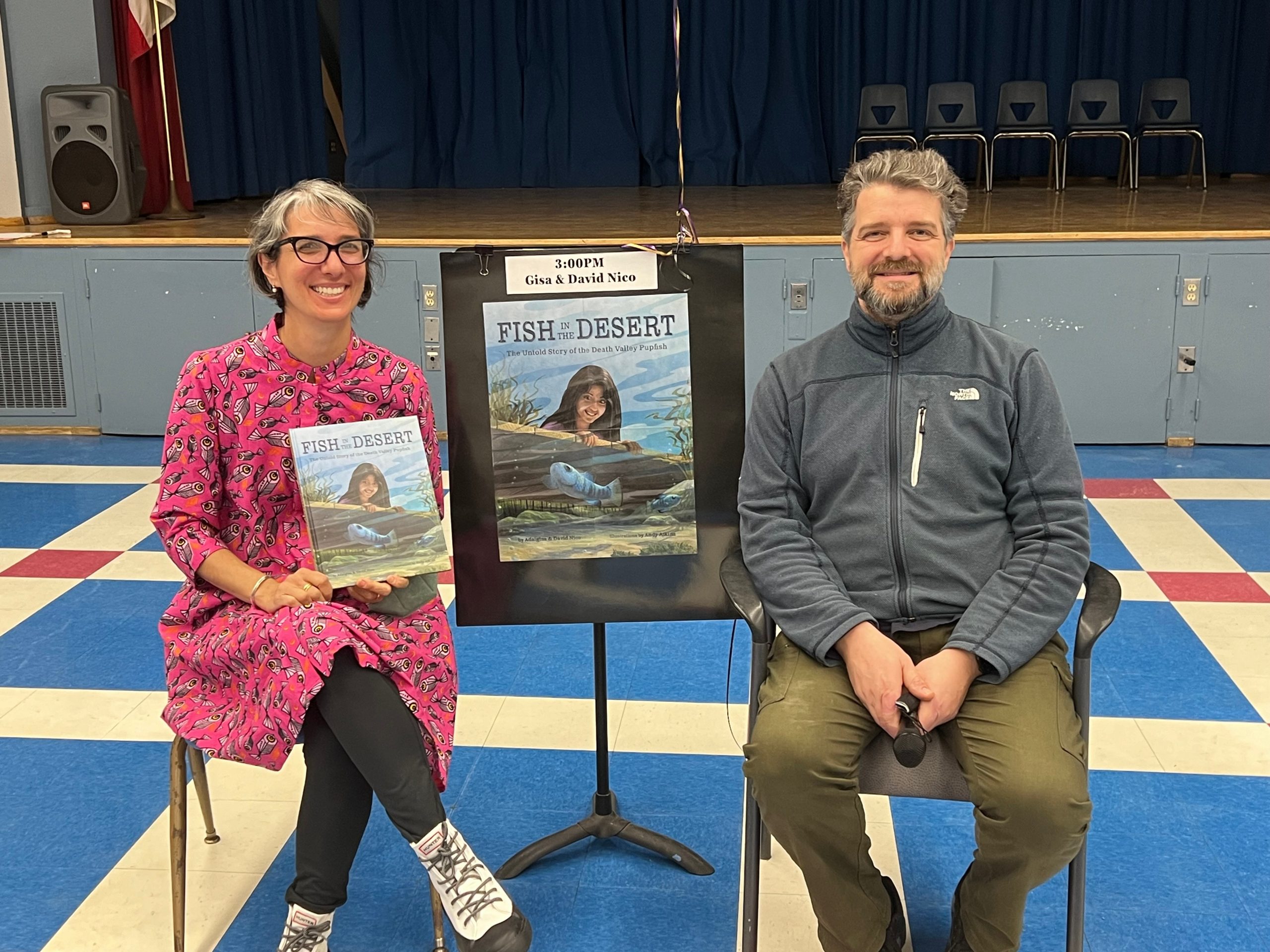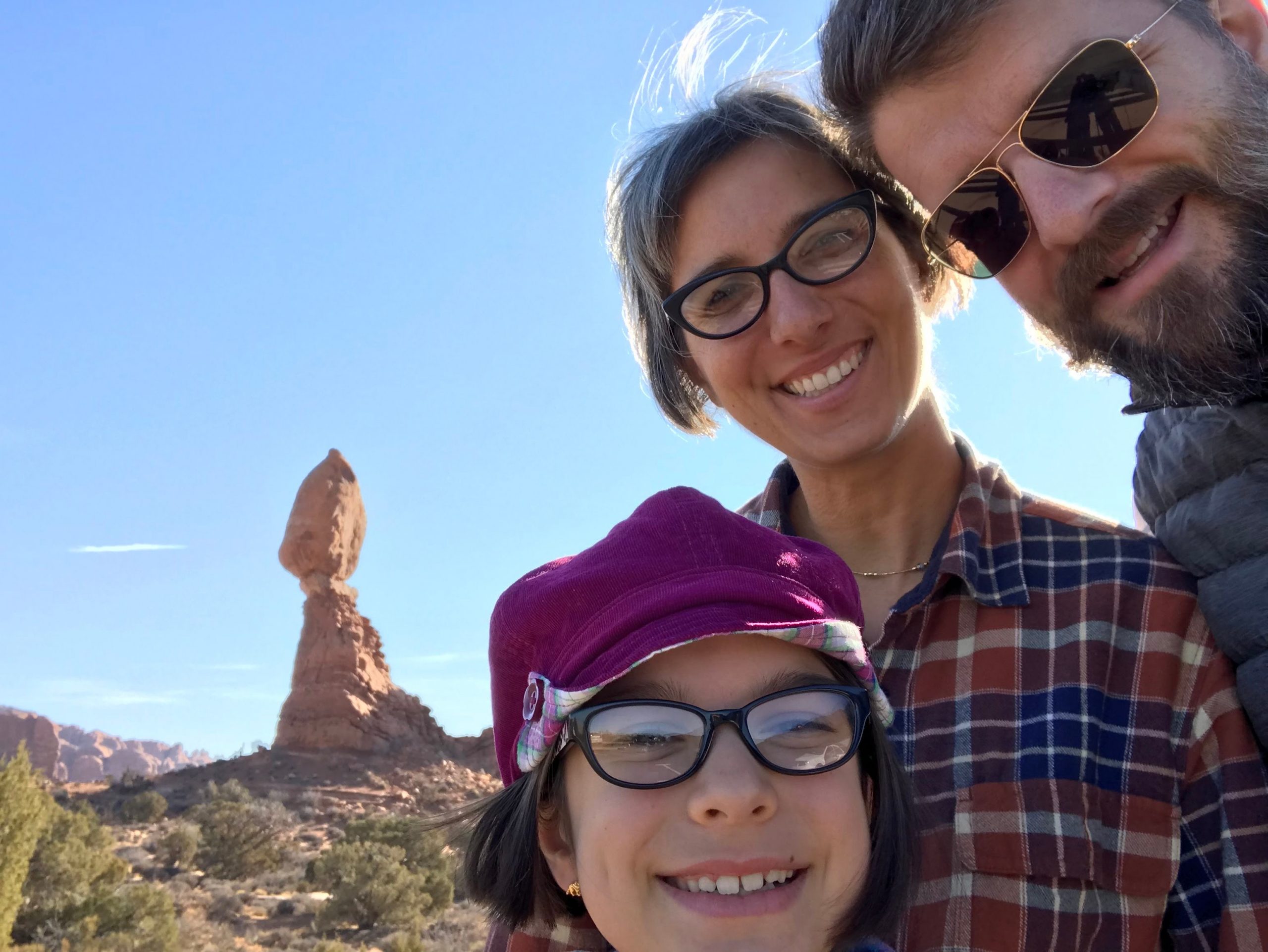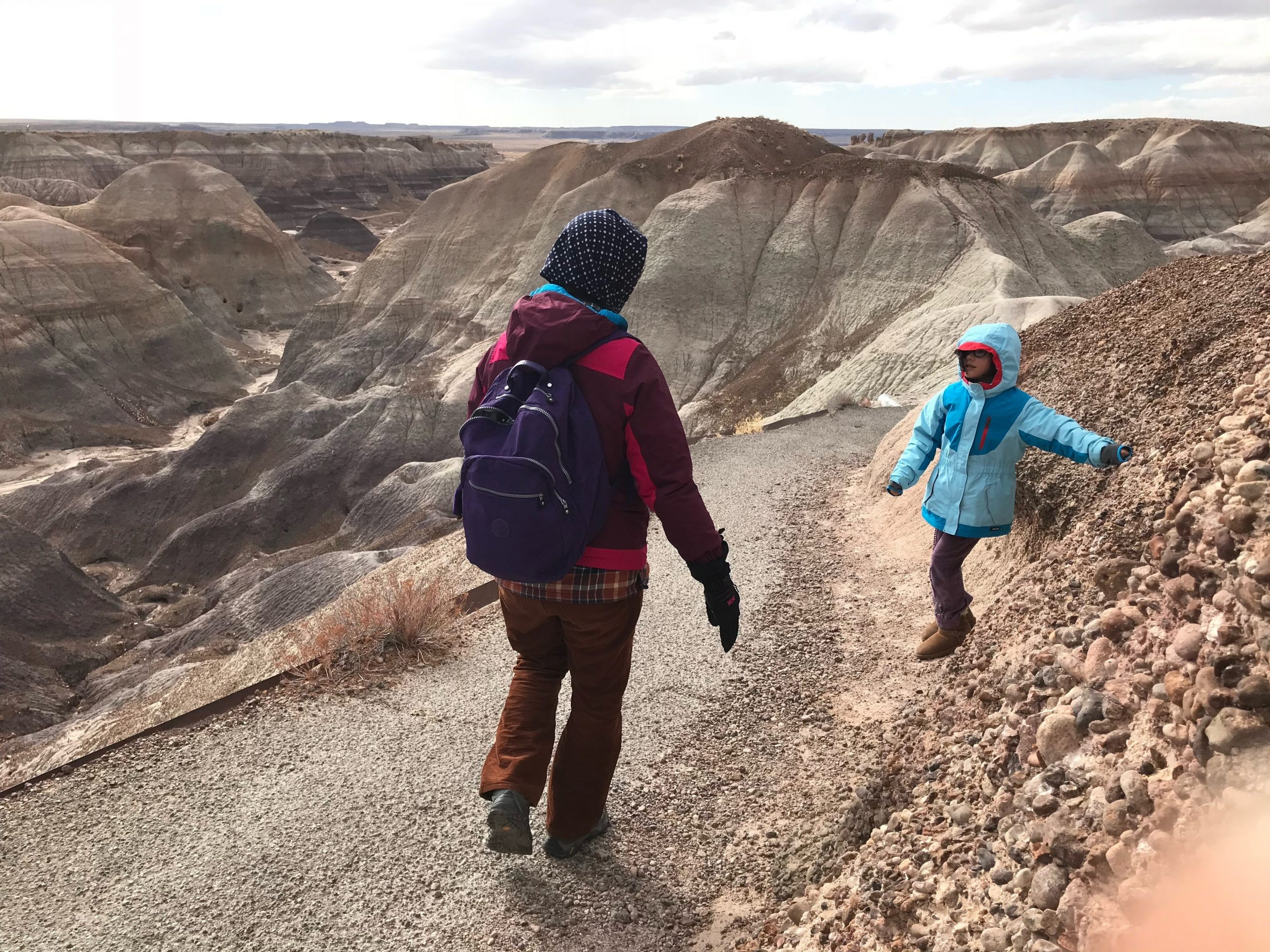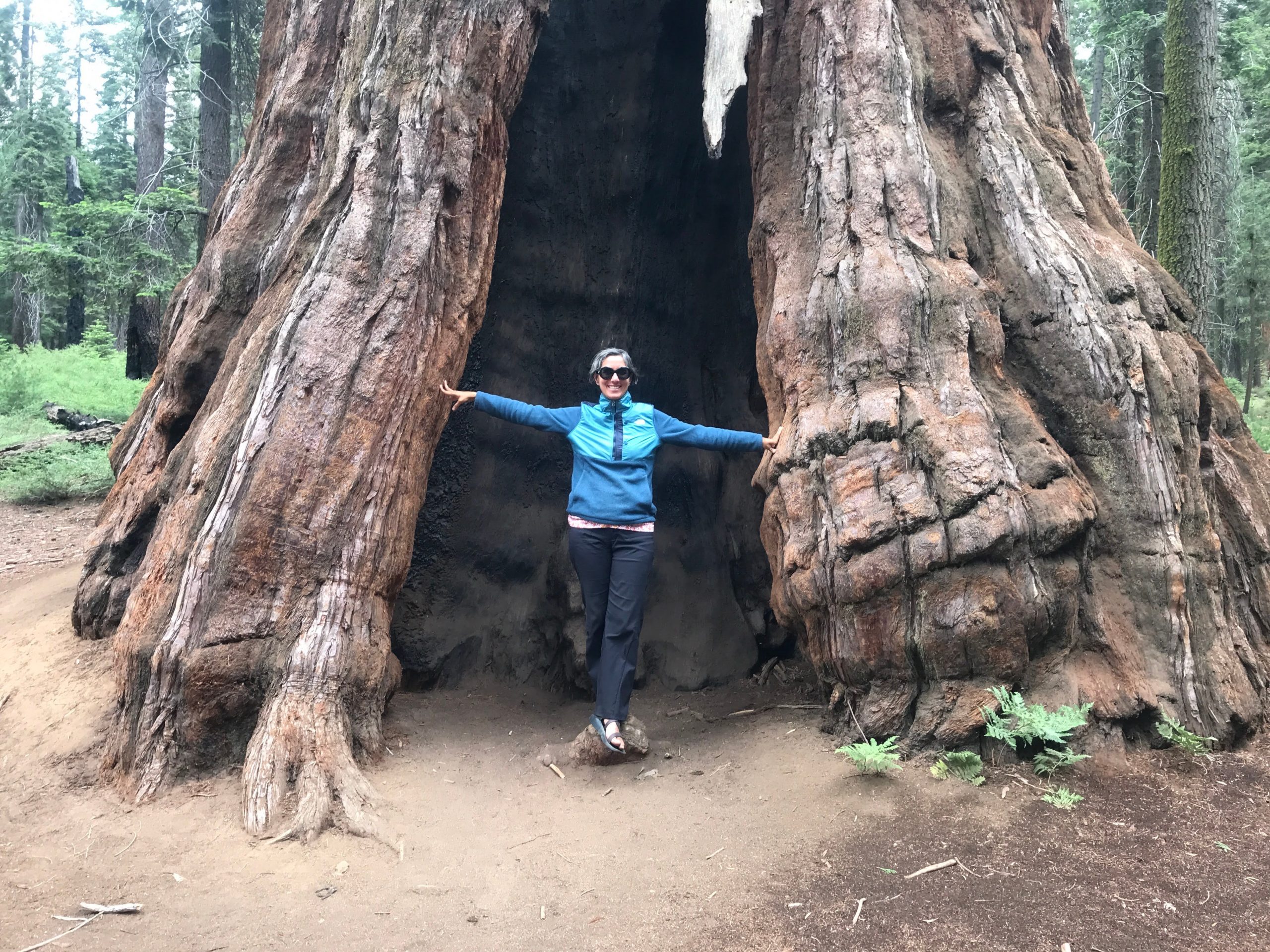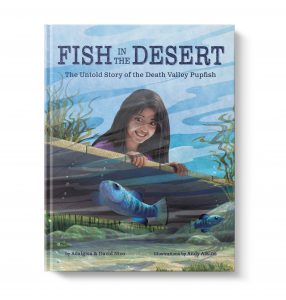 Today we’d like to introduce you to Adalgisa and David Nico.
Today we’d like to introduce you to Adalgisa and David Nico.
Hi, Adalgisa and David. We are so excited to have you with us today. What can you tell us about your story?
Our author’s journey began amidst the stark beauty of Death Valley, where the pupfish species thrives in one of the harshest environments on Earth. The most fitting descriptor for these pupfish is undoubtedly “resilient.” These aquatic inhabitants have withstood the harsh crucible of isolation for over 20,000 years in one of the world’s harshest environments. Despite their modest size—measuring no more than two inches—these unassuming creatures left an indelible mark on us.
Our encounters with Death Valley became significant during the COVID-19 quarantine, following months of restricted mobility and isolation. As we explored this unforgiving landscape, we found ourselves humbled by the challenges faced by the pupfish, who had endured an unimaginable stretch of solitude. This sentiment resonated deeply with us as we navigated our period of isolation.
Adding to our appreciation was the discomfort of navigating Death Valley’s heat during a spring trip. We were irritable and uncomfortable, contrasting the pupfish’s remarkable ability to adapt and survive. Little did we know that our own resilience would soon be put to the test.
Our lives took an unexpected turn as my mother’s Alzheimer’s progressed and my father suffered a debilitating stroke. The following months were marked by uncertainty, with my father’s life hanging in the balance. The intensive care unit became a backdrop for our worries and fears, where we grappled with the fragility of life and the daunting challenges of caregiving.
Yet, amidst the challenges and daily stress, we discovered a resilience within ourselves—a strength forged through adversity and nurtured by love and determination.
Looking back two years after the stroke, we see a portrait of familial resilience that defies easy explanation. The challenges we faced—difficult medical decisions, navigating a complex healthcare system, and learning to care for my father’s new needs—revealed strengths we didn’t know we had.
As a family, we came to understand the depth of our collective and individual resilience. Just as the pupfish continue to endure in their harsh habitat, we, too, discovered an inner strength that carried us through tumultuous times. Our experiences have shown us that even when faced with challenging obstacles, humans possess an innate capacity to overcome and grow stronger.
As we gear up for National Park Week, April 20-28th, 2024, we’re thrilled to present our captivating book series aimed at igniting the curiosity and passion of children and families towards our nation’s treasures: the National Parks.
Our book series isn’t just about beautiful landscapes and fascinating wildlife; it’s about fostering a deep connection between people and nature. Through vibrant illustrations, engaging storytelling, and interactive activities, we aim to inspire young minds to embark on their own adventures, discover the wonders of the great outdoors, and become dedicated stewards of our environment.
Please talk to us about the challenges and lessons you’ve learned. Looking back, has it been easy or smooth in retrospect?
In addition to the challenges facing our family, the journey of writing and publishing a book, although incredibly rewarding, also comes with challenges. While the writing process may have obstacles, such as finding the right words to express ideas, the real work often begins after the book is published. Marketing and selling a book is challenging. Some of the hurdles we face include: Identifying and reaching our target audience. We do a lot of planning to ensure that our marketing efforts are directed toward those most likely to be interested in the book.
Standing out in a crowded market can be tough. Currently, we are working very hard to gain visibility for our book and establish ourselves as credible voices within our genre.
Getting our book into the hands of readers through distribution channels like bookstores, libraries, and online platforms can be a very challenging endeavor for indie authors.
The children’s book market is highly competitive, with countless new titles published daily. Standing out among the competition and convincing readers to choose our book over others requires a compelling marketing strategy and often significant effort. Again, being an indie author makes it even more challenging.
Effective marketing often requires financial investment, Amazon ads, promotions, and entry to competitions. We invested a lot into producing and printing the book, but our budget is limited, which constrains the scope of marketing efforts and makes it more challenging to reach a wider audience.
Marketing a book is a time-consuming process that requires consistent effort and perseverance.
We try to remember the message in our book and be like the pupfish and our character, Adele, in our book… resilient so we can persevere!
Appreciate you sharing that. What else should we know about what you do?
Our book stands out in many ways: Fish in the Desert’s blend of stunning visuals, broad appeal, educational value, unique narrative approach, and its role in filling a gap in children’s literature.
The stunning illustrations by Andy Atkins not only captivate readers’ attention but also provide an accurate depiction of Death Valley and the pupfish. This combination of beauty and precision elevates the visual storytelling experience.
The fact that young children and adults love our book speaks volumes about its universal appeal. It manages to strike a balance that engages children’s curiosity while also offering depth and insight that adults appreciate.
Many adults have expressed how they’ve learned much about Death Valley and the pupfish through our book. This highlights its educational value, making it a valuable resource for both children and adults interested in learning about this unique ecosystem.
While there may be nonfiction books about Death Valley for children, Fish in the Desert blends factual information with a fictional narrative, adding a fresh perspective. Research suggesting that children learn better through narrative nonfiction further reinforces the effectiveness of our approach.
The scarcity of children’s books about Death Valley and the lack of books about the pupfish address a gap in children’s literature.
Are there any important lessons you’ve learned that you can share with us?
Co-writing a book with your partner requires clear and effective communication the whole way. There were some rocky moments when we wrote our first book when we didn’t see eye to eye… times we thought… are we going to be able to write a series together. The same skills that Gisa would teach her preschoolers to use… active listening, compromise, flexibility, empathy… all came into play as we wrote this manuscript together from start to finish. We learned to adapt to one another’s ideas and collaborated successfully! We, especially Gisa, were very hesitant to take the risk of writing and publishing a children’s book. It took several months of back and forth before convincing her it was a good idea. Ultimately, we are both happy we wrote Fish in the Desert. During the process, we realized we loved being authors and decided to make the first book into a series of national park/endangered species books. Our second book is already being illustrated!
Pricing:
- $18.99 hardback book (plus tax)
- $6 patches
- $3 individual stickers
- $5 sticker sheets
Contact Info:
- Website: www.nicoauthors.com
- Instagram: https://www.
instagram.com/ bringingnationalparkstolife/ - Facebook: https://www.
facebook.com/profile.php?id= 100090882191269 - Linkedin: https://www.
linkedin.com/in/nico-authors- 51941a283/ - Other: https://www.amazon.com/
Fish-Desert-Pupfish-Bringing- National/dp/B0CP85CW2M/ref= tmm_pap_swatch_0?_encoding= UTF8&qid=1701488069&sr=8-1
